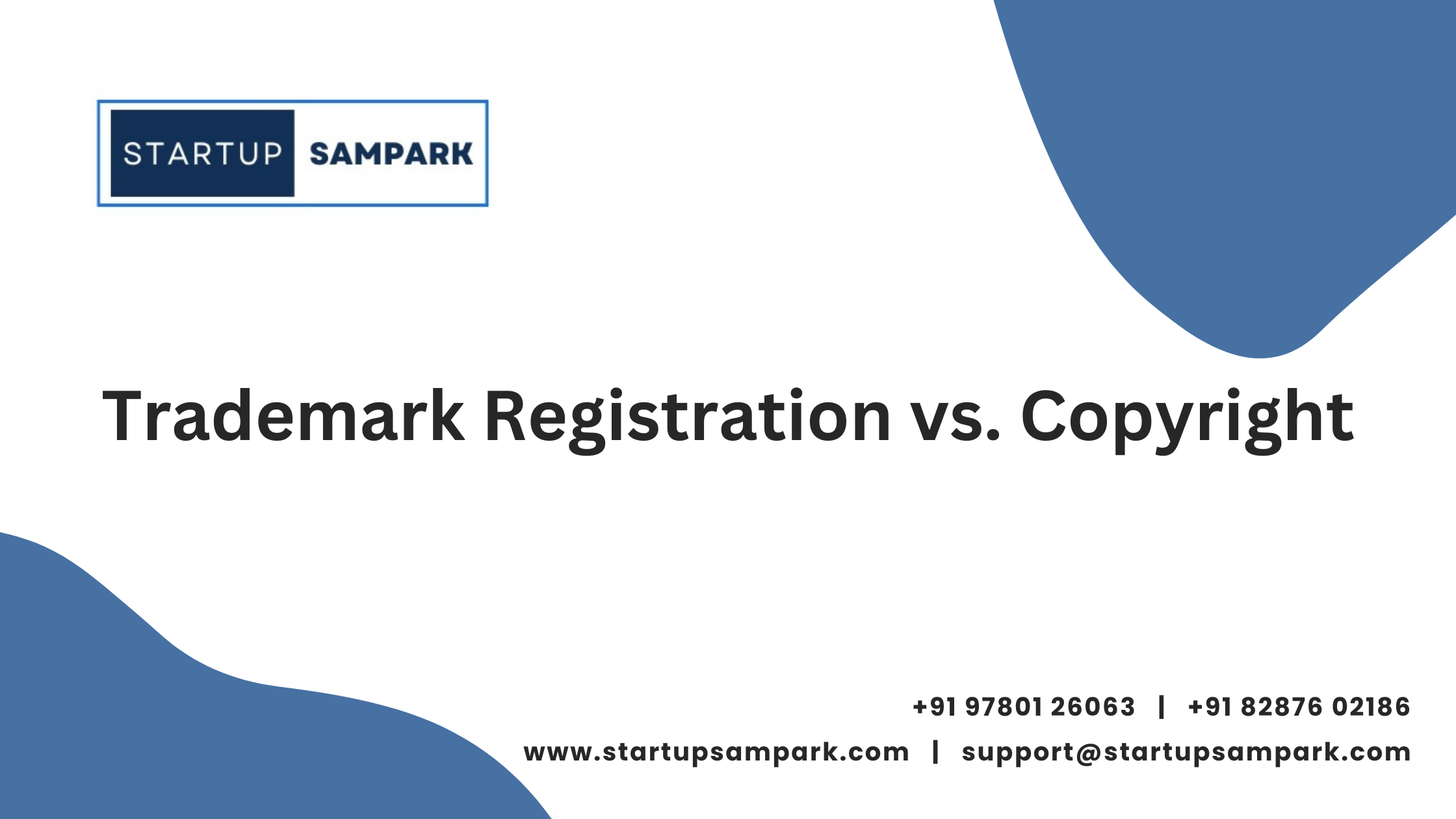Trademark Registration vs. Copyright
Trademark registration and copyright are fundamental aspects of intellectual property law, each serving distinct purposes and offering protection for different types of creations. Understanding the differences between them is crucial for individuals and businesses seeking to safeguard their creative and commercial assets.
Trademark registration is primarily concerned with protecting symbols, names, logos, and other identifiers that distinguish the goods or services of one business from those of others. The central goal of a trademark is to prevent consumer confusion and to establish a unique brand identity in the marketplace. For instance, a company’s logo, brand name, or slogan can be trademarked to ensure that consumers can clearly identify the source of products or services and to prevent competitors from using similar marks that could lead to confusion.
To register a trademark, one must submit an application to the relevant trademark office, such as the United States Patent and Trademark Office (USPTO). The application process involves providing detailed information about the trademark, including a clear representation of the mark, a description of the goods or services it will be associated with, and the owner of the trademark. Upon approval, the trademark is granted legal protection, giving the owner exclusive rights to use the mark in commerce and to prevent others from using similar marks in a way that could cause confusion.
Trademark protection is designed to last indefinitely, provided that the trademark is actively used in commerce and maintained through periodic renewals. This longevity allows businesses to build and protect their brand identity over time. Additionally, trademarks can be licensed or assigned, allowing businesses to expand their reach or transfer ownership of their brand assets.
Copyright, on the other hand, protects original works of authorship, such as literary, artistic, musical, and dramatic works. This includes a wide range of creative outputs, from books, songs, and paintings to software code and architectural designs. The primary purpose of copyright is to grant creators exclusive rights to reproduce, distribute, perform, and display their works. Copyright protection is automatic upon the creation of the work, meaning that the moment an original work is fixed in a tangible form, such as written on paper or saved to a digital file, it is protected by copyright law.
Although copyright protection is automatic, registering a copyright with a relevant copyright office, such as the U.S. Copyright Office, provides additional legal benefits. Registration establishes a public record of the copyright and grants the owner the right to sue for statutory damages and attorney’s fees in cases of infringement. It also serves as evidence of the validity of the copyright in legal disputes.
Unlike trademarks, which can last indefinitely with proper use and maintenance, copyright protection is limited in duration. In many jurisdictions, copyright lasts for the lifetime of the author plus a set number of years, often 70 years. For works created by multiple authors or works created for hire, the duration may differ. Once the copyright term expires, the work enters the public domain, where it can be freely used by anyone.
Both trademarks and copyrights are crucial for protecting intellectual property but serve different functions. Trademarks focus on safeguarding the branding elements used to distinguish products or services in the marketplace, while copyrights are aimed at protecting the original expression of creative works. By understanding the differences between these forms of protection, creators and businesses can make informed decisions about how to best safeguard their intellectual property and ensure that their unique creations and brand identities are legally protected.
trademark
-
 MSME Registration₹1,180.00
MSME Registration₹1,180.00 -
 GST Registration₹2,360.00
GST Registration₹2,360.00 -
 Trademark Registration₹7,450.00
Trademark Registration₹7,450.00














Post Comment